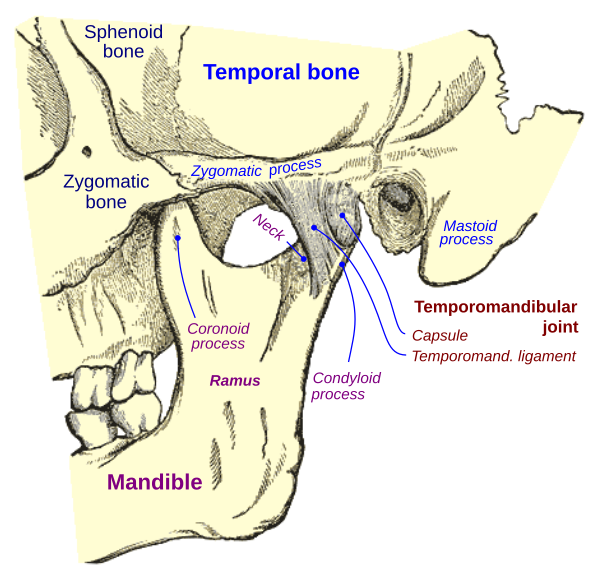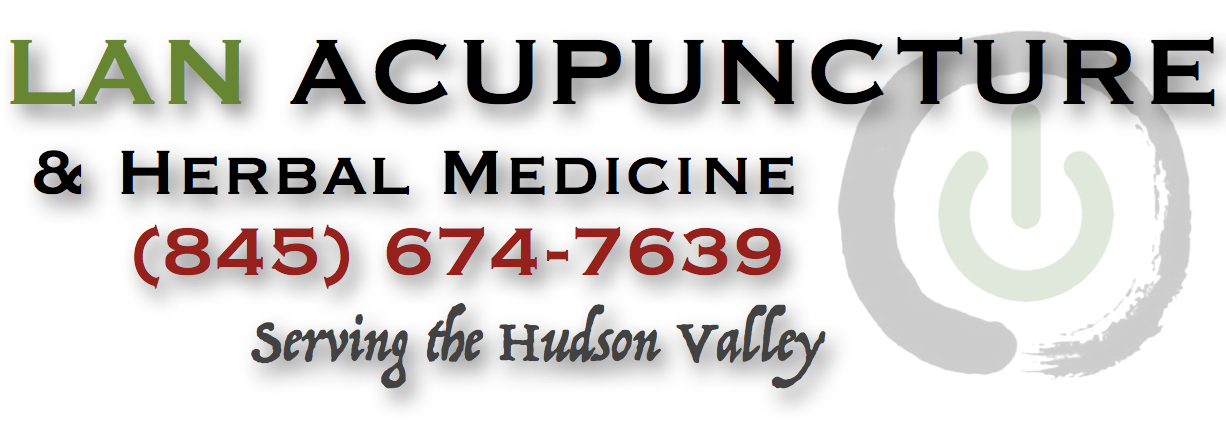TweetShare
Acupuncture alleviates pain and restores mobility for patients with temporomandibular disorder (TMD), a temporomandibular joint disturbance syndrome involving the jaw joint and muscles. Second Hospital Affiliated to Fujian University of Traditional Chinese Medicine researchers examined two acupuncture protocols in a clinical trial. They determined that warm needle acupuncture produced a 93.3% total effective rate and standard manual acupuncture produced an 86.7% total effective rate. The efficacy criteria included 4 levels:
- Fully recovered: swelling and painful sensation disappeared, headache and tinnitus disappeared, unrestrained jaw mobility, clicking sound at the jaw disappeared
- Significantly effective: symptoms markedly improved
- Relieved: symptoms slightly improved
- Ineffective: symptoms persisted
Among the 30 patients in the warm needle acupuncture group, 18 cases fully recovered, 7 were significantly effective, 3 were effective, and 2 were ineffective. The total efficacy rate was 93.3%. By contrast, within the manual acupuncture group, 11 cases fully recovered, 10 were significantly effective, 5 were effective, and 4 were ineffective. The total efficacy rate was 86.7%. The data indicates that adding the warm needle protocol increases the total effective rate and the fully recovered rate.
The study used a sample of 60 patients admitted into the hospital from June 2019 to June 2020. The 60 patients were randomly categorized into a manual acupuncture control group and a warm needle acupuncture group, with 30 patients in each group. For the manual acupuncture control group, the mean age was 35.73 ±6.39 years. The mean course of disease was 25.64 ±6.77 days. Twelve patients in this group were males and 18 were females. For the warm needle acupuncture group, the mean age was 34.22 ±5.19 years. The mean course of disease was 23.84 ±7.11 days. Eleven patients in this group were males and 19 were females.
Patients included in the investigation had experienced strain or visible injuries, presented abnormality in jaw movement (difficulty in opening or closing the jaw), suffered clicking sound at the jaw, and pain in one or both of the temporomandibular joints (TMJs). Imaging detection demonstrated widening of the joint space and restrained condylar movement. Patients with head or face injuries, hemorrhagic diseases, or malignant tumors were excluded from the investigation.
A previous study used a similar design and compared 70 temporomandibular joint disturbance syndrome patients in two groups: a warm needle acupuncture group and a drug group (diclofenac sustained release capsules and glucosamine hydrochloride capsules). The results show that the warm needle acupuncture group experienced greater improvements in terms of the Visual Analog Variables score (VAS) and dysfunction index (DI). Six months after the treatment, the efficacy rate of the warm needle acupuncture group was 79%, compared with 47% in the drug control group.

From excerpt:
TMJ







